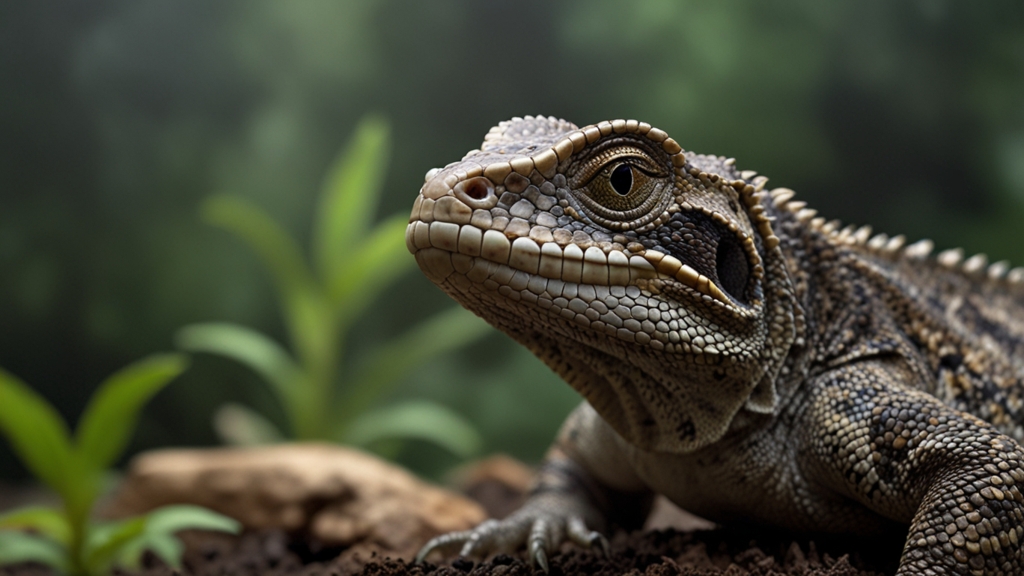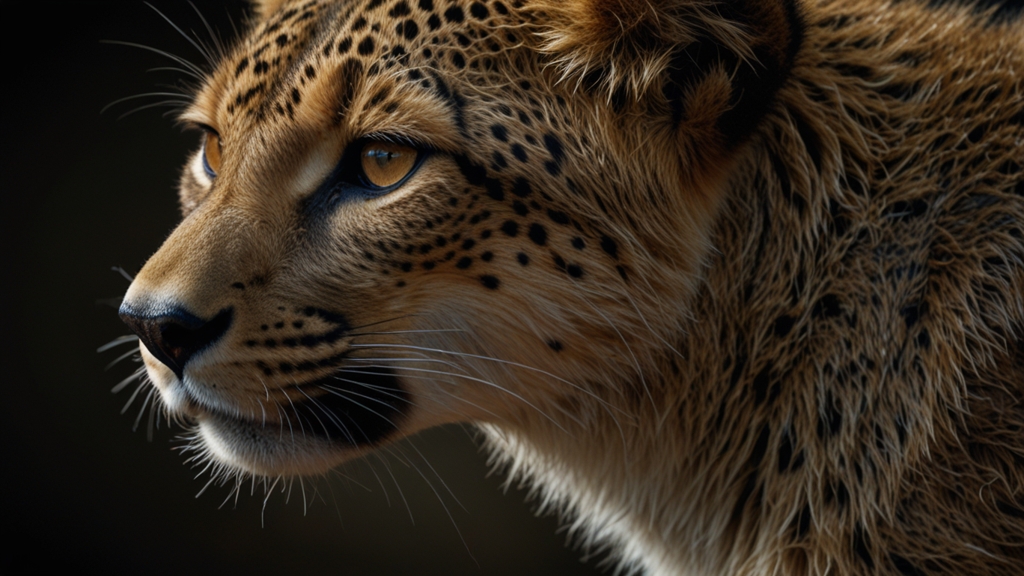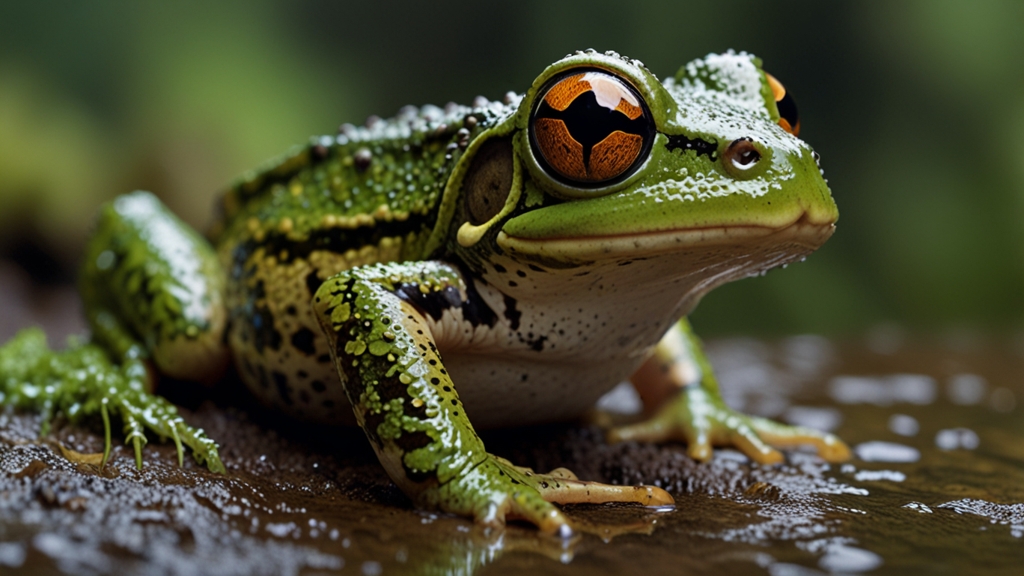Reptiles in the Modern World: Their Unseen Impact on Ecosystems
Reptiles, often dubbed as the silent stalwarts of nature, have existed for over 300 million years. Despite their ancient lineage, these creatures continue to play vital, yet often overlooked roles in modern ecosystems. From the smallest gecko to the imposing crocodile, reptiles are integral components of ecological balance, influencing both terrestrial and aquatic environments.
Predators and Pest Control
One of the most significant contributions of reptiles is their role as predators. By controlling populations of insects, small mammals, and other pests, reptiles indirectly benefit agriculture and human health. Snakes, for instance, are vital in regulating rodent populations, which if left unchecked, can lead to severe crop damage and the spread of diseases.
"Without these natural predators, we would face an influx of pest species that can have devastating effects on crops and natural vegetation," says Dr. Jane Smith, a herpetologist at Wildlife Conservation Society.
Furthermore, lizards and turtles consume vast quantities of insects, providing a natural form of pest control that reduces the need for chemical pesticides. This not only supports crop health but also promotes healthier ecosystems by preserving insect biodiversity.
Indicators of Environmental Health
Reptiles serve as crucial bioindicators, reflecting the health of their environments. Because they are highly sensitive to changes in their surroundings, shifts in reptile populations can indicate broader ecological impacts, such as pollution, climate change, and habitat destruction.
For example, declining numbers of amphibious reptiles like turtles and water snakes can signal deteriorating water quality, while changes in lizard populations may reflect alterations in land use or increased pesticide application. Monitoring these species helps conservationists and scientists pinpoint emerging environmental issues and implement timely interventions.
Seed Dispersers and Pollinators
While reptiles are not typically associated with seed dispersal, some species play a key role in this process. Certain tortoises and lizards consume fruits and other plant materials, subsequently dispersing the seeds throughout their habitats via their droppings. This not only aids in plant propagation but also contributes to maintaining biodiversity in various ecosystems.
"The role of reptiles in seed dispersal is an often underappreciated aspect of their ecological contributions. They help in fostering plant diversity, which is crucial for ecosystem resilience," highlights Dr. Alan Green, an ecologist at the University of Florida.
Additionally, a few reptilian species act as pollinators. For instance, the Madagascar Phelsuma geckos are known to transfer pollen as they forage for nectar, contributing to the reproductive success of native plants.
Prey Species and Food Web Dynamics
Reptiles also serve as essential prey for a variety of other species, including birds, mammals, and larger reptiles. Their presence supports complex food webs, ensuring energy flow and nutrient cycling within ecosystems. For instance, the diets of many raptors, such as hawks and eagles, are heavily reliant on the abundance of snakes and lizards.
This prey-predator relationship not only underscores the interconnectedness of species within an ecosystem but also highlights the importance of reptiles in maintaining ecological stability. Disruptions to reptile populations can have cascading effects, impacting species diversity and ecosystem health.
Conclusion
In the tapestry of life, reptiles are indispensable threads, contributing to the warp and weft of ecosystem functionality. Their roles as predators, bioindicators, seed dispersers, and prey species are vital for sustaining ecological balance and diversity. However, these ancient creatures face numerous threats in the modern world, including habitat loss, climate change, and human encroachment.
Recognizing and conserving reptiles is not merely about preserving a segment of biodiversity but about safeguarding the health and integrity of entire ecosystems. By understanding and appreciating their unseen impacts, we can better advocate for the protection and sustainable management of reptilian species, ensuring that these remarkable animals continue to play their crucial roles in our natural world.









